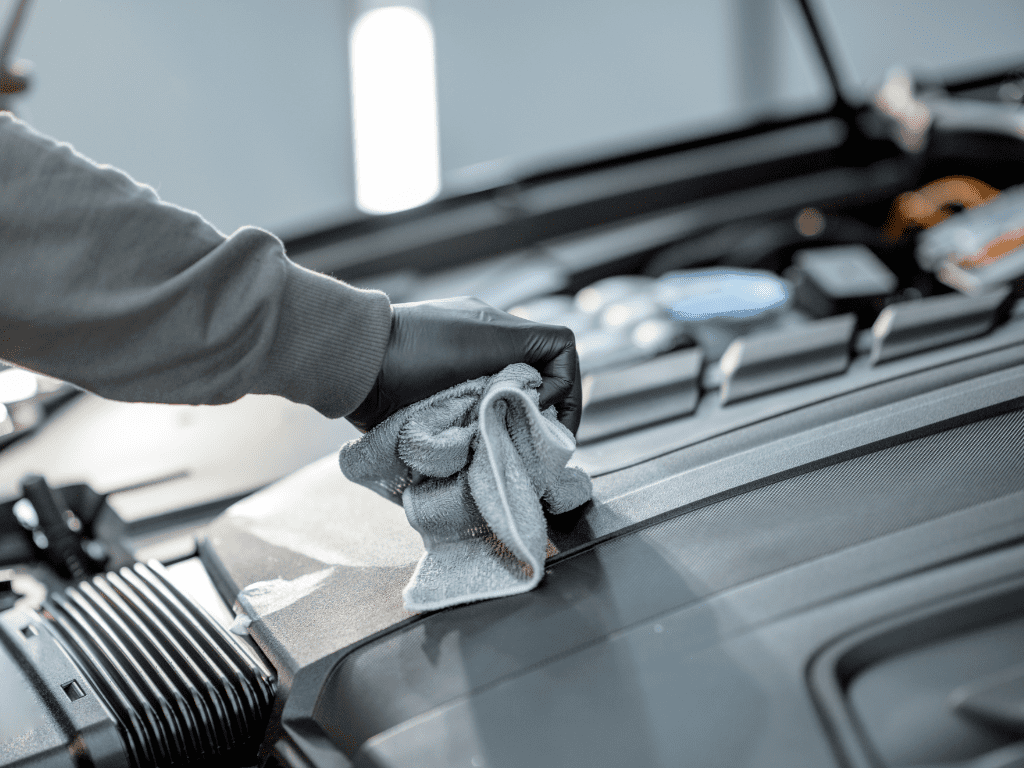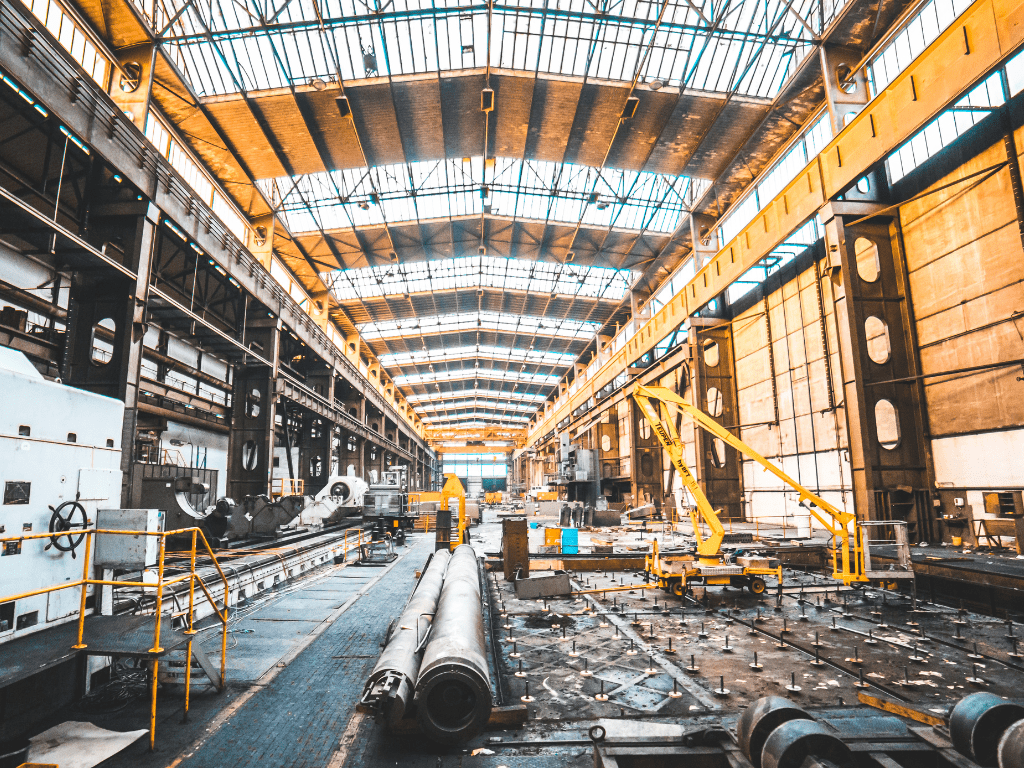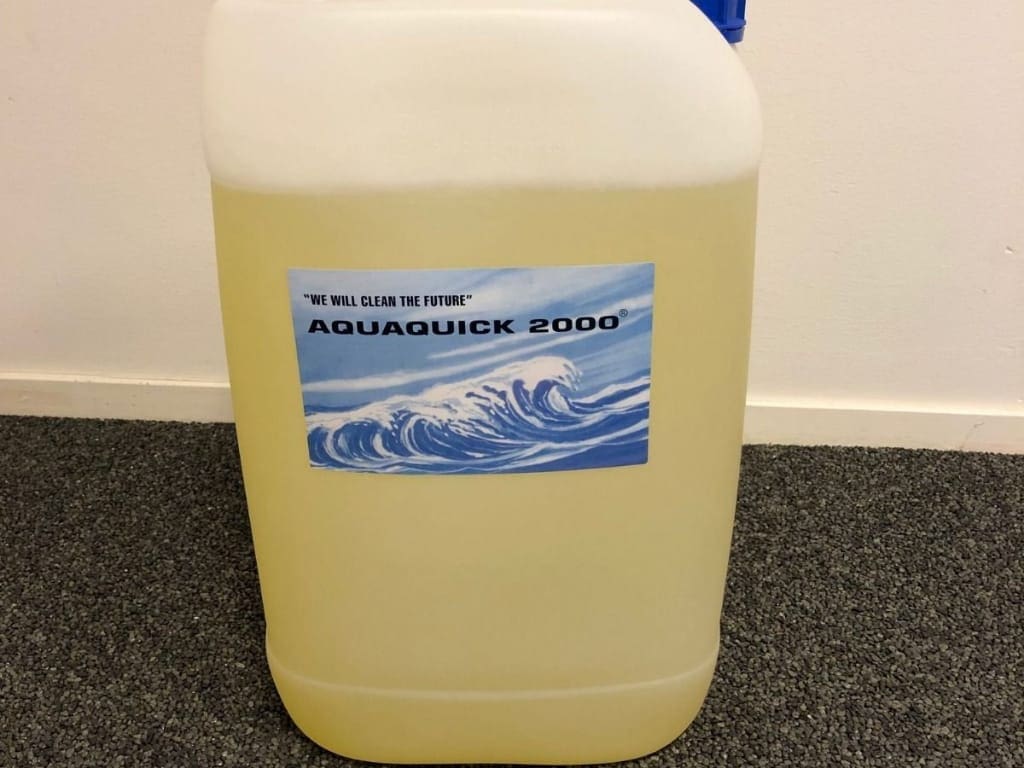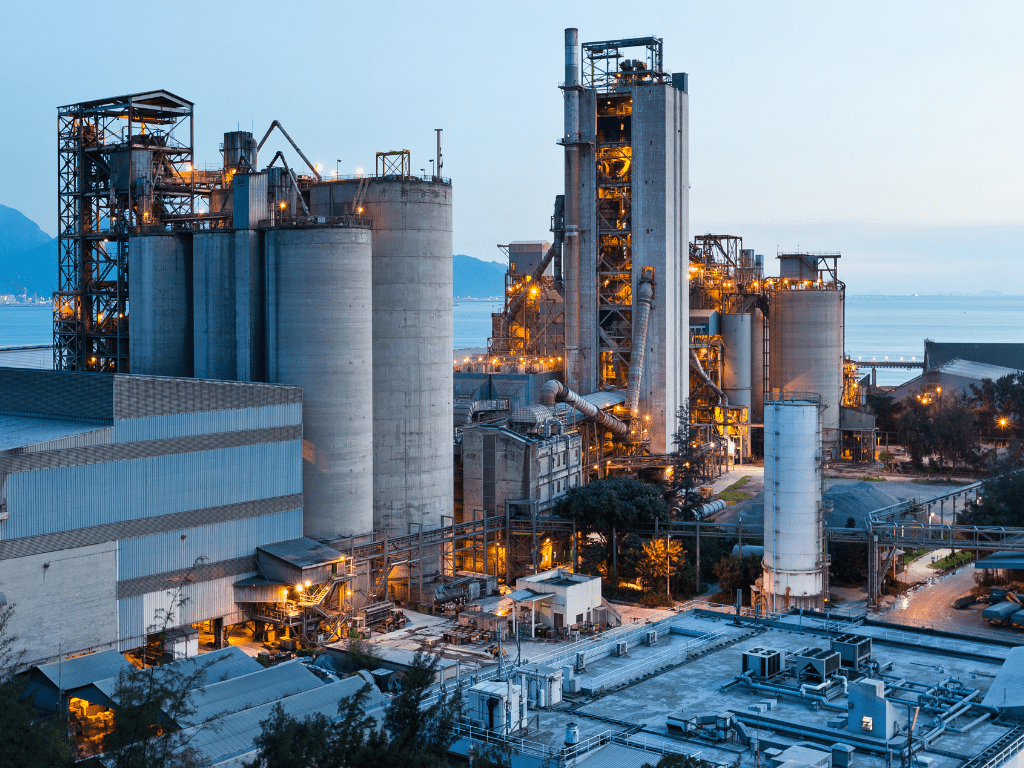Maintaining cleanliness in an industrial setting is more than a routine task—it’s a crucial component for ensuring safe, efficient, and productive operations. Proper industrial cleaning enhances the lifespan of equipment, prevents costly downtime, and keeps the working environment compliant with health and safety regulations. This comprehensive guide will walk you through essential industrial cleaning tips, techniques, and best practices.
Why is Industrial Cleaning Essential?
Industrial environments are exposed to various contaminants, including oil, grease, dust, and other residues that can accumulate on machinery and surfaces over time. Without routine and effective cleaning, these contaminants can impact equipment functionality, reduce efficiency, and pose safety risks.
- Prolongs Equipment Life: Regular cleaning prevents grime buildup that could lead to equipment malfunction or wear.
- Enhances Safety: Clean environments reduce accident risks caused by slippery surfaces, exposure to harmful substances, or machinery malfunctions.
- Improves Efficiency: Properly maintained equipment performs better, which translates into increased productivity and less downtime.
Key Industrial Cleaning Tips for Optimal Results
The following tips will help you approach industrial cleaning effectively, keeping your facility safe, compliant, and efficient.
1. Conduct a Thorough Assessment
Understand the Cleaning Requirements
Before you begin cleaning, it’s essential to assess the facility, identifying high-traffic areas, commonly contaminated equipment, and any hazardous zones that may need specific handling techniques. By understanding the cleaning requirements, you can choose the right tools, techniques, and products to match the specific demands of your industry.
Create a Cleaning Plan
A comprehensive cleaning plan outlines the steps needed to clean each area efficiently. Divide the facility into zones and specify cleaning frequencies for each area, taking into account the level of contamination, equipment requirements, and operational needs. With a solid plan in place, you can optimize cleaning schedules to reduce downtime and improve consistency.
2. Choose the Right Cleaning Agents and Equipment
Industrial cleaning requires products that are not only effective but also safe for the equipment and surfaces being cleaned. AQUAQUICK 2000, for example, is a versatile and highly concentrated cleaning solution designed for rigorous industrial applications. It is ideal for removing stubborn substances like oil, grime, and other contaminants from various tools and machinery without compromising their integrity.
Selecting Cleaning Agents
Choose agents based on the contaminants and surfaces involved. AQUAQUICK 2000 is a preferred solution due to its ability to dislodge difficult residues and perform efficient degreasing on a variety of materials and surfaces. This product’s concentrated formula makes it suitable for general-purpose cleaning in many industrial sectors.

3. Follow Proper Degreasing Techniques
Degreasing is often necessary for industrial equipment maintenance, especially in sectors like aerospace, manufacturing, and oil extraction, where grease and oils accumulate on machinery. To achieve optimal results, follow these steps:
- Pre-Cleaning: Remove any loose debris or surface contaminants.
- Apply the Degreaser: Use a degreaser like AQUAQUICK 2000 to effectively break down oil, grease, and grime.
- Scrub as Necessary: For stubborn residues, use mechanical scrubbing to ensure complete removal.
- Rinse and Dry: Once cleaned, rinse the equipment to remove any remaining solution and thoroughly dry to prevent rust or corrosion.
4. Prioritize Safety During the Cleaning Process
Use Proper Protective Equipment (PPE)
Industrial cleaning often involves hazardous materials and high-powered equipment. Ensure that cleaning staff are equipped with the necessary PPE, including gloves, eye protection, masks, and chemical-resistant suits, to minimize exposure to harmful substances.
Label and Store Chemicals Properly
Keep cleaning agents in clearly labeled containers, and store them according to safety guidelines. Mismanagement of chemicals can lead to spills, leaks, and even chemical reactions that pose serious safety hazards.
Techniques for Effective Industrial Cleaning
Different cleaning techniques are suitable for various types of equipment and contamination levels. The following methods are commonly used in industrial settings:
1. Pressure Washing
Pressure washing is an effective method for removing surface dirt, grease, and other contaminants. This technique uses high-pressure water jets to thoroughly clean equipment surfaces, walls, and floors. However, pressure washing may not be suitable for sensitive equipment or delicate surfaces.
2. Ultrasonic Cleaning
In industries like aerospace and healthcare, ultrasonic cleaning is used for precision equipment. This process involves immersing equipment in a solution that is agitated by ultrasonic waves, dislodging contaminants in hard-to-reach areas. This method is ideal for intricate machinery where manual cleaning may not be possible.
3. Steam Cleaning
Steam cleaning is an eco-friendly technique that uses hot steam to sanitize surfaces without harsh chemicals. It is effective for removing grime, grease, and bacteria, making it popular in industries where hygiene is paramount. Steam cleaning is also beneficial in preventing the spread of pathogens in the workplace.
4. Aqueous Cleaning
Aqueous cleaning, often combined with mechanical action, is suitable for various materials and surfaces. Using water-based solutions like AQUAQUICK 2000, this technique effectively removes oil, grime, and other contaminants from equipment without damaging the surface. This method is especially suitable for industrial tools and machinery, providing thorough cleaning without the need for harsh solvents.
Specialized Industrial Cleaning for Different Sectors
Each industry has unique cleaning requirements based on the nature of operations, equipment, and environmental factors. Here’s a closer look at how cleaning requirements differ across sectors:
1. Oil and Gas
In the oil and gas industry, where equipment is constantly exposed to heavy grease and grime, thorough cleaning is crucial to maintain equipment functionality and safety. AQUAQUICK 2000, with its high cleaning efficacy, is particularly effective for cleaning down-hole tools, drill strings, and production tubing in this sector.
2. Aerospace and Military
Aerospace and military industries use highly specialized equipment that requires meticulous cleaning to ensure functionality. Contaminants can affect the precision of aerospace components, making regular and thorough cleaning with high-quality solutions like AQUAQUICK 2000 essential to prevent any compromise in safety or performance.
3. Manufacturing
Manufacturing facilities require frequent cleaning of assembly lines, machinery, and tools to prevent contamination that could impact product quality. Using a solution like AQUAQUICK 2000 can help maintain equipment hygiene, reduce production downtime, and ensure compliance with safety regulations.
4. Food and Beverage
In the food and beverage industry, maintaining hygiene is paramount, as contamination can lead to product spoilage and potential health hazards. Using non-toxic, food-safe cleaning agents is essential to avoid compromising product safety. Although AQUAQUICK 2000 is commonly used in heavy industries, some components of food-grade environments may benefit from degreasers that ensure equipment remains free from harmful residues.
Best Practices for Industrial Cleaning and Maintenance

Effective cleaning not only involves the right techniques and products but also requires adherence to best practices that promote consistency, efficiency, and safety.
1. Establish a Routine Cleaning Schedule
Consistency is key in industrial cleaning. Establish a schedule based on equipment usage, contamination levels, and industry standards. High-traffic areas may need daily cleaning, while other areas can be cleaned weekly or monthly. By maintaining a regular schedule, you can prevent the buildup of contaminants and minimize downtime.
2. Train Employees on Proper Cleaning Procedures
Proper training ensures that all cleaning tasks are performed safely and effectively. Train employees on the correct handling and application of cleaning agents like AQUAQUICK 2000, use of PPE, and proper waste disposal methods. Well-trained staff are less likely to make mistakes that could result in equipment damage or safety incidents.
3. Inspect Equipment Before and After Cleaning
Inspecting equipment both before and after cleaning allows you to identify any areas that may need extra attention and check for potential issues that could affect performance. This practice helps catch minor issues before they become major problems, ensuring equipment operates optimally.
4. Minimize Waste and Use Environmentally Friendly Products
Industrial cleaning can generate waste, including chemical residues and contaminated water. Choose eco-friendly products whenever possible and employ recycling and waste management practices to minimize environmental impact. AQUAQUICK 2000, for instance, is highly concentrated, allowing you to use minimal quantities to achieve effective cleaning, which in turn reduces waste.
Implementing Safety and Compliance Measures in Industrial Cleaning
Industrial cleaning involves handling potentially hazardous substances, so compliance with safety standards is essential. Follow these measures to ensure a safe and compliant work environment.
1. Adhere to OSHA and Industry-Specific Regulations
The Occupational Safety and Health Administration (OSHA) and other regulatory bodies set guidelines for safe handling of cleaning chemicals, equipment maintenance, and employee protection. Ensure your cleaning protocols align with these regulations, and regularly review updates to stay compliant.
2. Keep an Inventory of Cleaning Products and Tools
Maintaining an accurate inventory of cleaning supplies and equipment helps ensure you have everything needed for regular cleaning tasks. It also allows you to monitor usage, prevent overstocking, and manage hazardous chemicals more effectively.
3. Conduct Regular Safety Audits
Safety audits are essential for identifying potential hazards and ensuring compliance with safety standards. Conduct audits regularly to assess the condition of equipment, verify that safety protocols are being followed, and make improvements where needed.
AQUAQUICK 2000: An Ideal Solution for Industrial Cleaning

In the realm of industrial cleaning, using a reliable, high-performance cleaner is crucial to achieving efficient results. AQUAQUICK 2000 stands out as a preferred choice for many industries due to its powerful degreasing capabilities and versatility. This solution is particularly effective for:
- Oil and Gas Equipment: AQUAQUICK 2000 effortlessly removes oils and residues from tools and equipment used in oil and gas extraction, ensuring peak performance and reducing maintenance costs.
- Machinery in Aerospace: In highly regulated sectors like aerospace, AQUAQUICK 2000 provides comprehensive cleaning that meets stringent safety standards.
- Manufacturing Tools: From conveyors to assembly lines, this cleaner can be applied to a variety of equipment, effectively dislodging contaminants and extending equipment life.
By incorporating AQUAQUICK 2000 into your industrial cleaning regimen, you can enjoy both efficiency and ease. Its concentrated formula enables thorough cleaning with minimal product use, making it a cost-effective solution across sectors.
Conclusion: Elevate Your Industrial Cleaning Standards
Effective industrial cleaning is a blend of strategy, precision, and the right cleaning agents. By following these tips and integrating high-quality products like AQUAQUICK 2000, you can ensure your industrial facility remains safe, productive, and compliant with industry standards. From routine maintenance to specialized cleaning needs, these practices will help you achieve an efficient and clean industrial environment.
Maintaining cleanliness in industrial settings is an ongoing commitment, but the benefits—prolonged equipment life, enhanced safety, and increased productivity—make it well worth the effort. With a structured approach, proper training, and the use of proven products like AQUAQUICK 2000, your facility can operate at peak performance, keeping employees safe and equipment in top condition.














